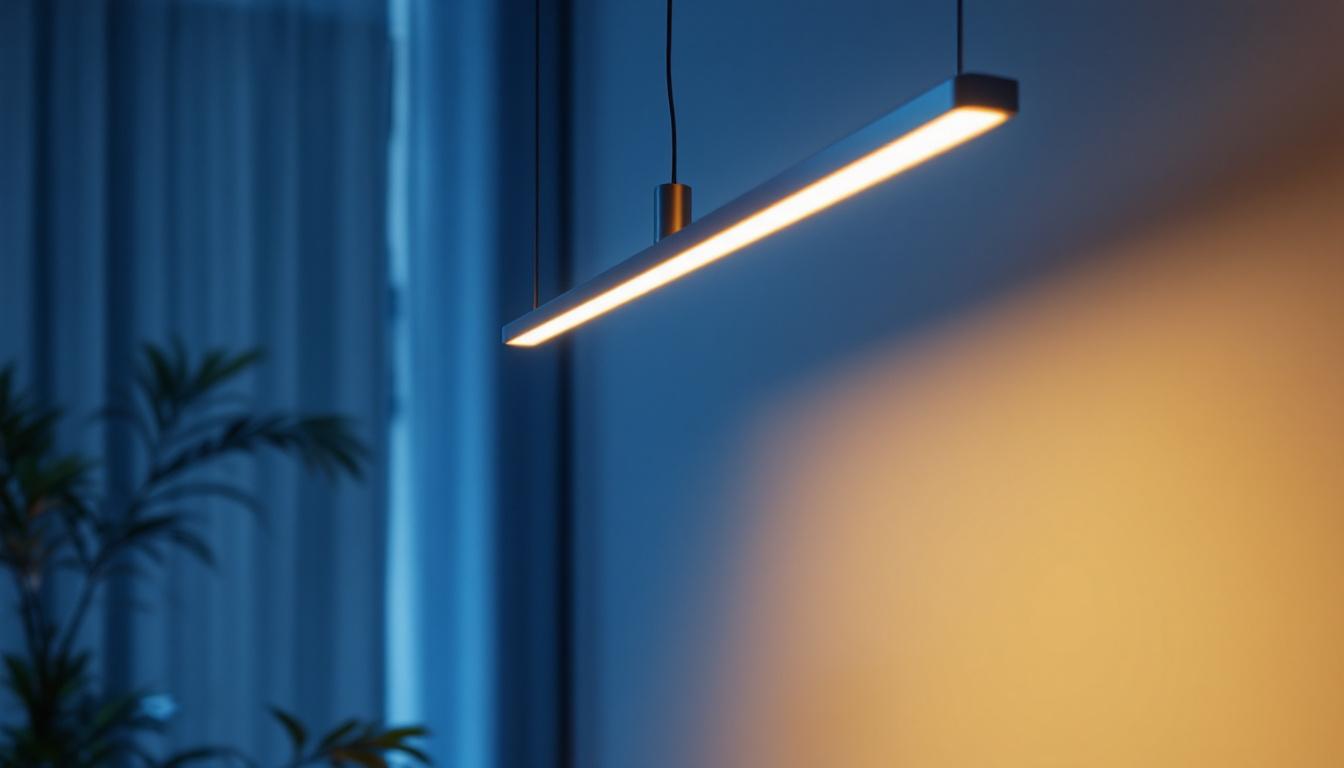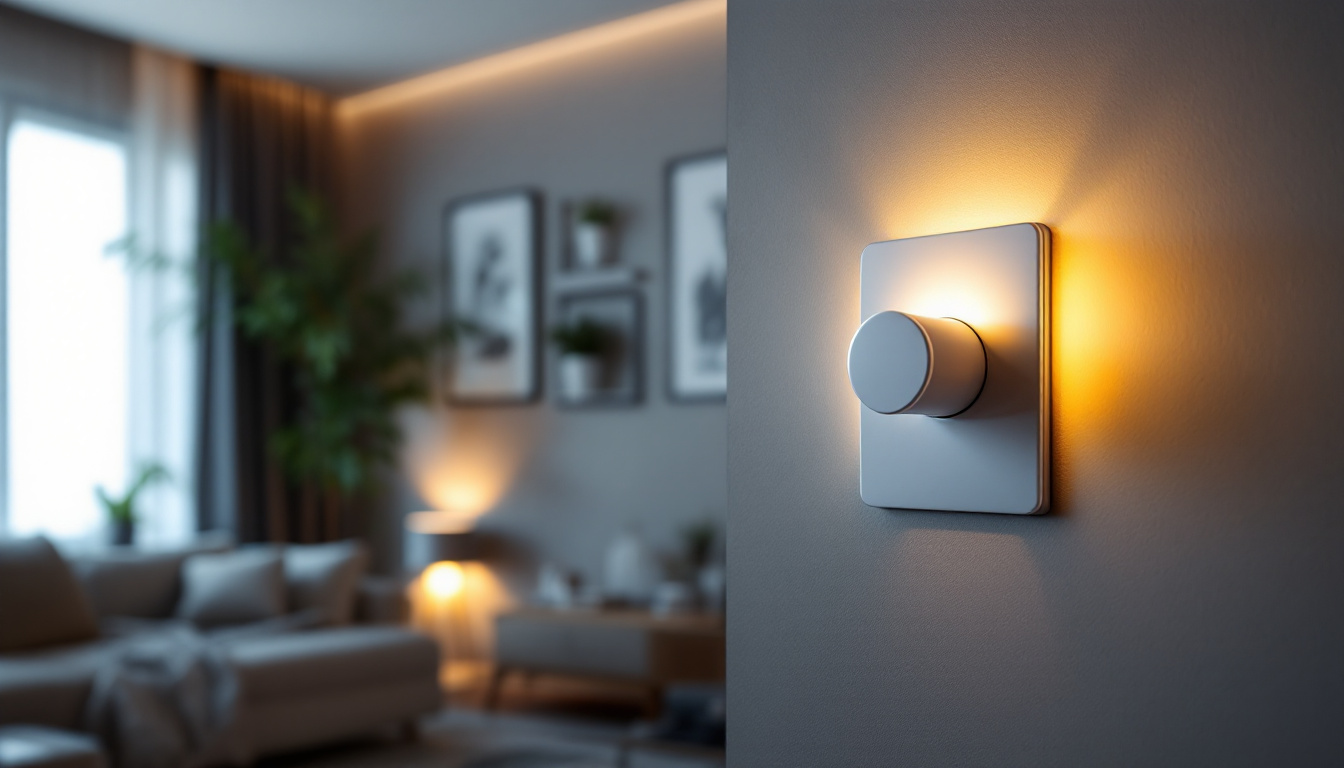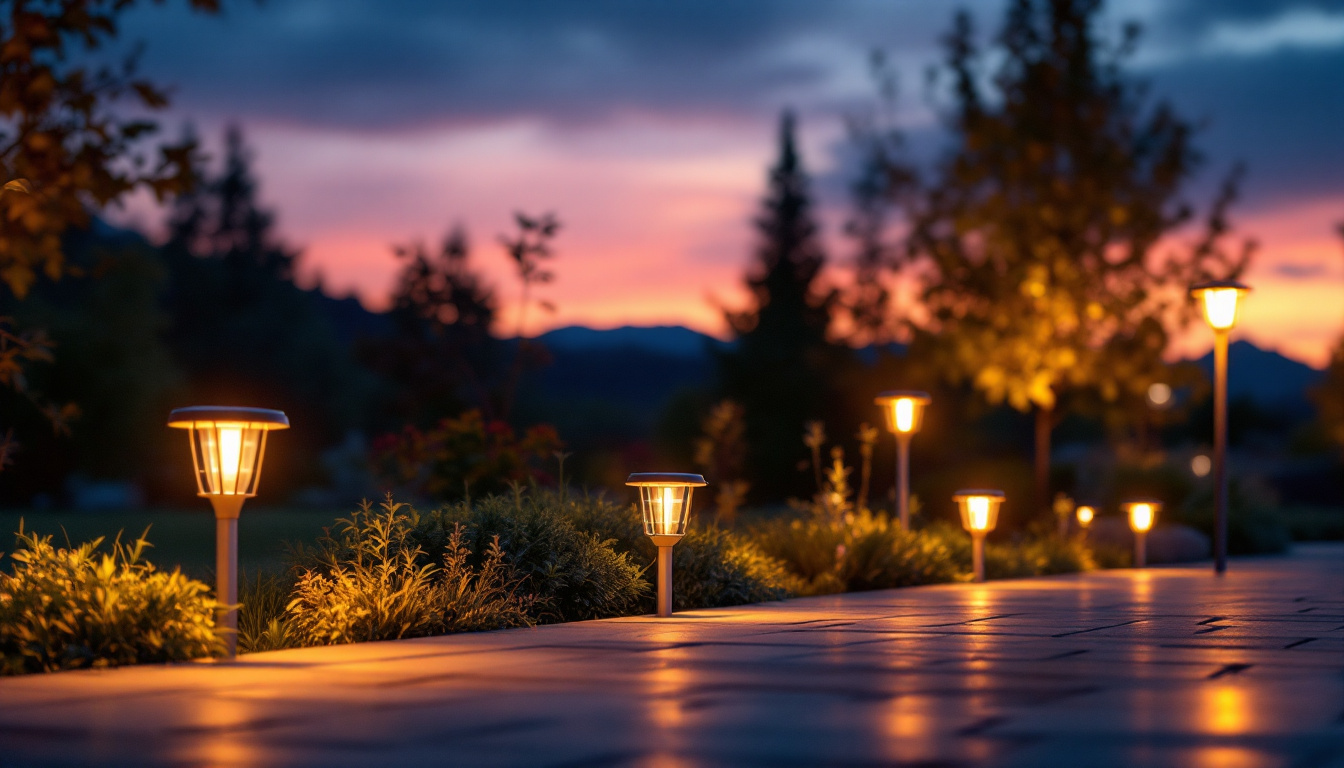
Pendant linear lighting has emerged as a popular choice among architects, designers, and lighting contractors alike. Its versatility and aesthetic appeal make it an ideal solution for various applications, from residential spaces to commercial environments. This guide aims to provide lighting contractors with essential insights into pendant linear lighting, exploring its benefits, installation considerations, and design options.
Pendant linear lighting refers to elongated light fixtures that hang from the ceiling, often featuring a sleek, modern design. These fixtures can vary in length and style, making them suitable for a wide range of settings. Unlike traditional pendant lights, which are typically designed as standalone fixtures, linear pendants offer a more streamlined and contemporary look.
One of the primary advantages of pendant linear lighting is its ability to provide even illumination across a larger area. This is particularly beneficial in spaces where task lighting is essential, such as kitchens, dining areas, and office environments. Additionally, the linear design allows for creative arrangements, enabling contractors to customize installations based on the specific needs of the space.
Another significant benefit is the aesthetic appeal. Pendant linear fixtures come in various styles, finishes, and materials, allowing them to complement a wide range of interior designs. Whether the goal is to create a minimalist look or to add a touch of elegance, there is a pendant linear option that can achieve the desired effect. For instance, a brushed nickel finish can lend a contemporary edge, while a matte black design can evoke a more industrial feel, showcasing the versatility of these fixtures.
Pendant linear lighting is incredibly versatile and can be used in various settings. In residential applications, these fixtures are often installed over kitchen islands or dining tables, providing both functional and ambient lighting. In commercial spaces, they can enhance the atmosphere of restaurants, retail stores, and office environments, creating an inviting ambiance while ensuring adequate lighting for tasks.
Moreover, pendant linear lighting can also be used in outdoor settings, such as patios or walkways, where they can provide both safety and style. The adaptability of these fixtures makes them a valuable addition to any lighting contractor’s repertoire. Beyond traditional uses, they can also be integrated into creative spaces like art studios or galleries, where adjustable brightness can highlight artwork effectively. This flexibility not only enhances the functionality of the space but also allows for a dynamic interplay of light and shadow, enriching the overall aesthetic experience.
In addition to their practical applications, pendant linear lights can also serve as focal points in a room’s design. When suspended at varying heights, they can create a visually striking effect, drawing the eye and adding depth to the space. This layering of light can be particularly effective in larger areas, where multiple fixtures can be arranged to guide the viewer’s attention and create a cohesive look. By thoughtfully considering the placement and design of pendant linear lighting, homeowners and designers alike can transform ordinary spaces into extraordinary environments that reflect personal style and enhance functionality.
While pendant linear lighting offers numerous benefits, proper installation is crucial to maximize its effectiveness. Lighting contractors should be aware of several key considerations to ensure a successful installation.
One of the first factors to consider is the ceiling height. Pendant linear fixtures should be installed at a height that provides adequate clearance while still delivering optimal lighting. A general guideline is to hang the fixture approximately 30 to 36 inches above a countertop or dining surface. However, this can vary based on the specific design and function of the space.
Additionally, space planning is essential. Contractors should consider the layout of the room and the placement of furniture to determine the best location for the fixtures. Proper spacing between multiple pendants is also important to avoid overcrowding and to ensure even light distribution.
Before installation, it is vital to assess the electrical requirements of the pendant linear fixtures. Ensure that the existing wiring can support the power needs of the new fixtures. This may involve upgrading the electrical system or installing additional circuits, particularly in commercial settings where multiple fixtures may be used.
Moreover, contractors should be familiar with local building codes and regulations regarding electrical installations. Compliance with these standards is essential to ensure safety and avoid potential legal issues.
When it comes to design, pendant linear lighting offers a plethora of options. Contractors can choose from various materials, finishes, and styles to create the perfect look for their clients.
Common materials used in pendant linear lighting include metal, glass, and wood. Metal fixtures often feature sleek, modern designs, while glass can add a touch of elegance and sophistication. Wooden fixtures, on the other hand, can provide a warm, rustic feel, making them suitable for cozy, inviting spaces.
Each material has its unique advantages and can significantly impact the overall aesthetic. Contractors should consider the existing decor and the desired atmosphere when selecting materials for pendant linear fixtures.
The finish of a pendant linear fixture can also play a crucial role in its visual appeal. Popular finishes include matte black, brushed nickel, and polished chrome, each offering a different look and feel. Additionally, color choices can enhance the design, allowing contractors to create fixtures that either stand out as a focal point or blend seamlessly with the surrounding decor.
When selecting finishes and colors, it is essential to consider the overall design scheme of the space. A cohesive look can elevate the aesthetic and create a harmonious environment.
Many manufacturers offer customizable options for pendant linear lighting, allowing contractors to tailor fixtures to their clients’ specific needs. This can include adjustments in length, color, and even the arrangement of multiple fixtures. Custom designs can enhance the uniqueness of a space and provide clients with a truly one-of-a-kind lighting solution.
Contractors should explore these options and present them to clients as part of the design process. Customization can significantly increase client satisfaction and help to establish a contractor’s reputation for quality and creativity.
In today’s environmentally conscious market, energy efficiency is a significant consideration for lighting contractors. Pendant linear lighting fixtures are available in various energy-efficient options, including LED technology, which can significantly reduce energy consumption and lower utility bills.
LED pendant linear fixtures offer numerous advantages over traditional incandescent or fluorescent lighting. They consume less energy, have a longer lifespan, and produce less heat, making them a safer option for residential and commercial settings. Additionally, many LED fixtures are now available in adjustable color temperatures, allowing contractors to customize the lighting to suit different tasks and moods.
Incorporating energy-efficient lighting solutions not only benefits clients financially but also aligns with sustainable practices, which can be a selling point for environmentally conscious consumers.
As lighting contractors install new pendant linear fixtures, it is essential to consider the disposal of old fixtures. Many lighting components can be recycled, and contractors should educate themselves on local recycling programs and disposal regulations. Proper disposal not only helps the environment but also enhances a contractor’s reputation as a responsible and eco-friendly business.
Staying updated on current trends in pendant linear lighting can help contractors provide clients with the latest design options and technologies. Understanding these trends can also inspire creative solutions that enhance the overall aesthetic of a space.
One of the most significant trends in lighting design is the integration of smart technology. Many pendant linear fixtures now come equipped with smart features, allowing users to control lighting remotely via smartphone apps or voice-activated devices. This technology not only enhances convenience but also allows for personalized lighting experiences.
Contractors should familiarize themselves with available smart lighting options and consider recommending them to clients looking for modern, high-tech solutions. This trend is particularly appealing to younger generations who prioritize convenience and innovation in their homes and workplaces.
Minimalist and industrial designs continue to dominate the lighting landscape. Pendant linear fixtures with clean lines, simple shapes, and exposed materials resonate with contemporary aesthetics. These designs often emphasize functionality while maintaining a stylish appearance, making them suitable for various applications.
Contractors should keep an eye on emerging styles within these categories, as they can offer clients fresh ideas and inspiration for their lighting projects. A keen understanding of design trends can set a contractor apart in a competitive market.
Pendant linear lighting represents a dynamic and versatile option for lighting contractors looking to enhance their offerings. By understanding the unique features, installation considerations, design options, and current trends, contractors can provide clients with innovative and effective lighting solutions. As the demand for modern and energy-efficient lighting continues to grow, embracing pendant linear fixtures can help contractors stay ahead in the ever-evolving lighting industry.
Ultimately, the key to success lies in a contractor’s ability to adapt to client needs while maintaining a commitment to quality and creativity. By leveraging the benefits of pendant linear lighting, contractors can elevate their projects and create stunning environments that leave a lasting impression.
Ready to take your lighting projects to the next level with pendant linear lighting? At LumenWholesale, we provide lighting contractors like you with the highest quality, spec-grade lighting products at unbeatable wholesale prices. Say goodbye to local distributor markups and hello to superior lighting that meets the highest industry standards. With our extensive selection, free shipping on bulk orders, and commitment to affordability and convenience, you’re set to impress clients and illuminate spaces with confidence. Elevate your lighting solutions today by exploring our collection and taking advantage of the best value in wholesale lighting. Wholesale Lighting at the Best Value.

Discover how a light switch dimmer can revolutionize your lighting installation projects by enhancing ambiance, energy efficiency, and customization.

Discover how solar lights can transform your outdoor spaces with innovative and eco-friendly lighting designs.

Discover essential insights from lighting contractors on choosing and installing 4-foot LED lights.

Discover how the Bronze Flood Light boosts lighting contractors’ efficiency with superior durability, energy savings, and quick installation—transform your projects today!.